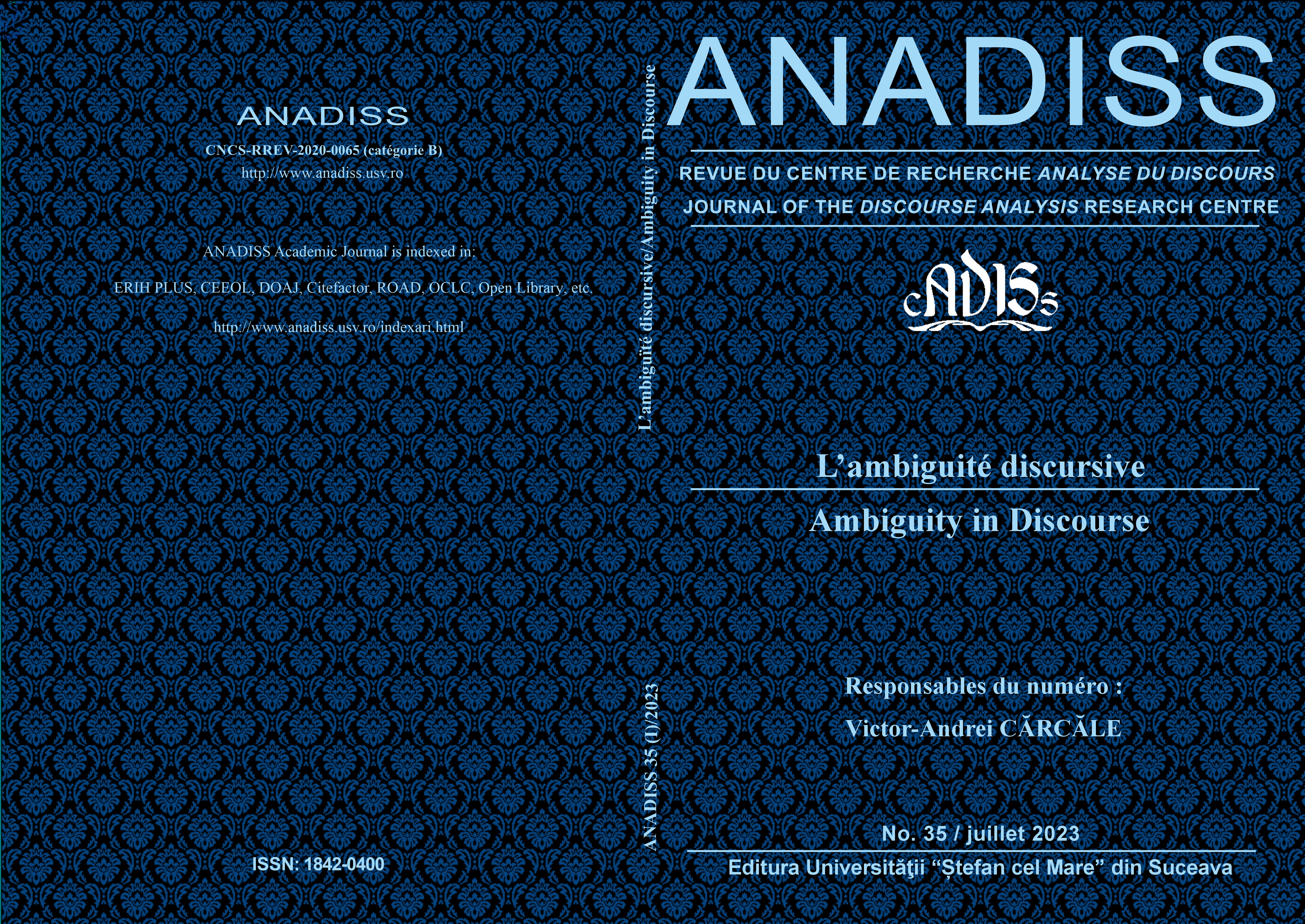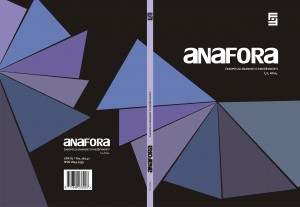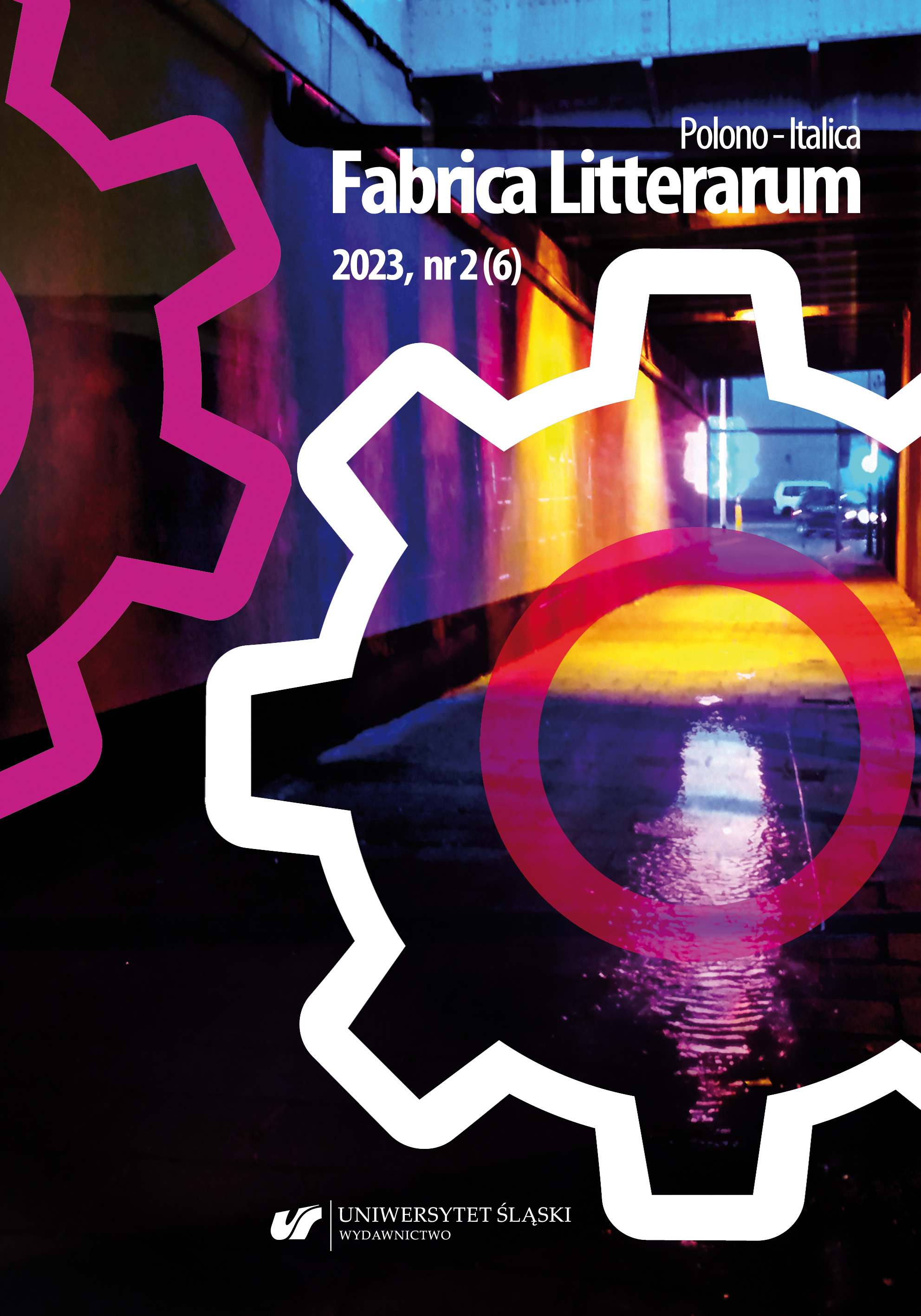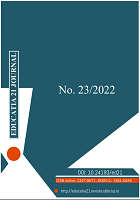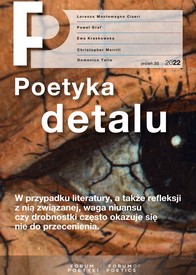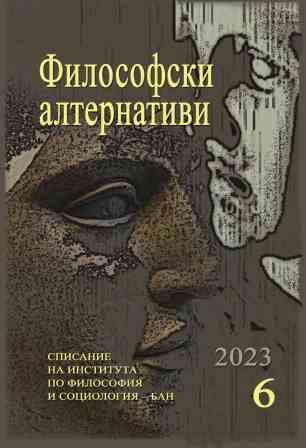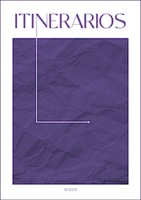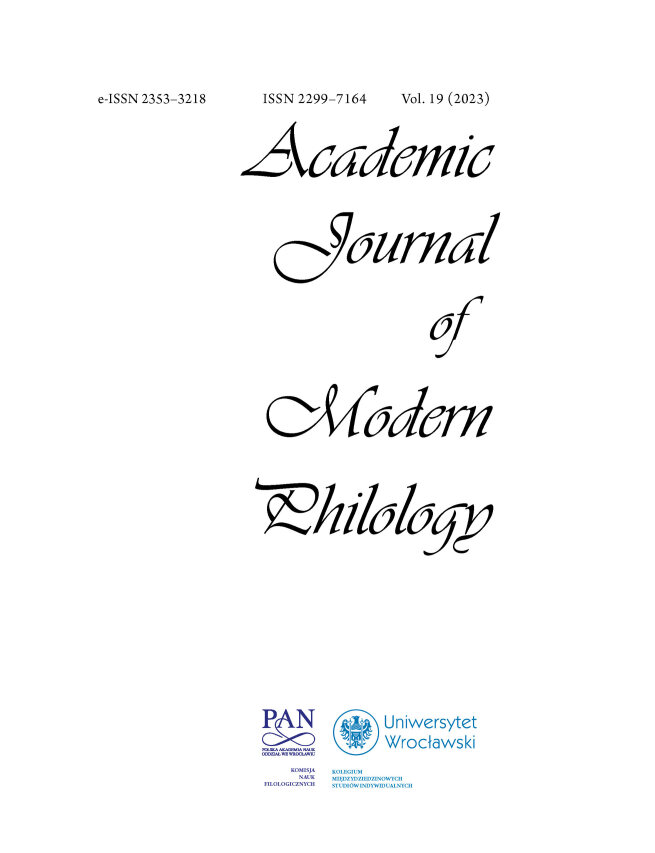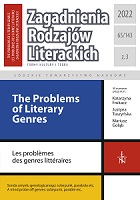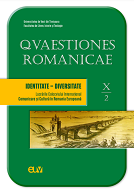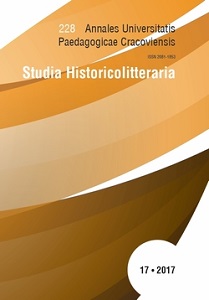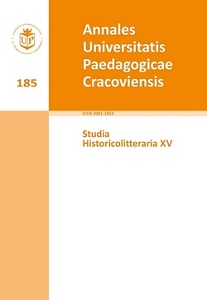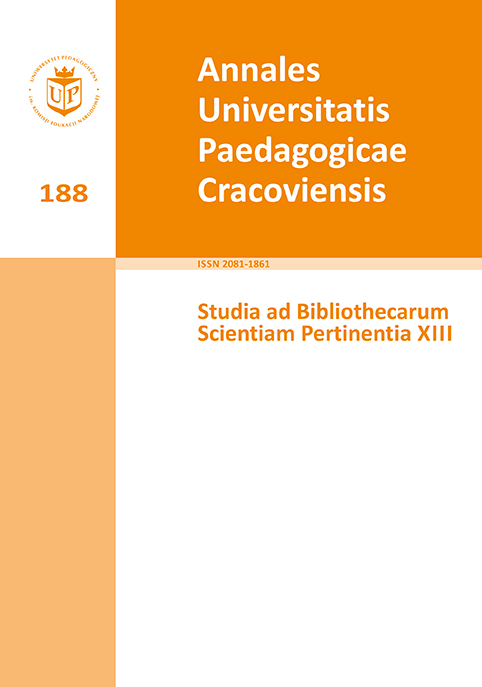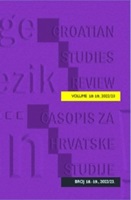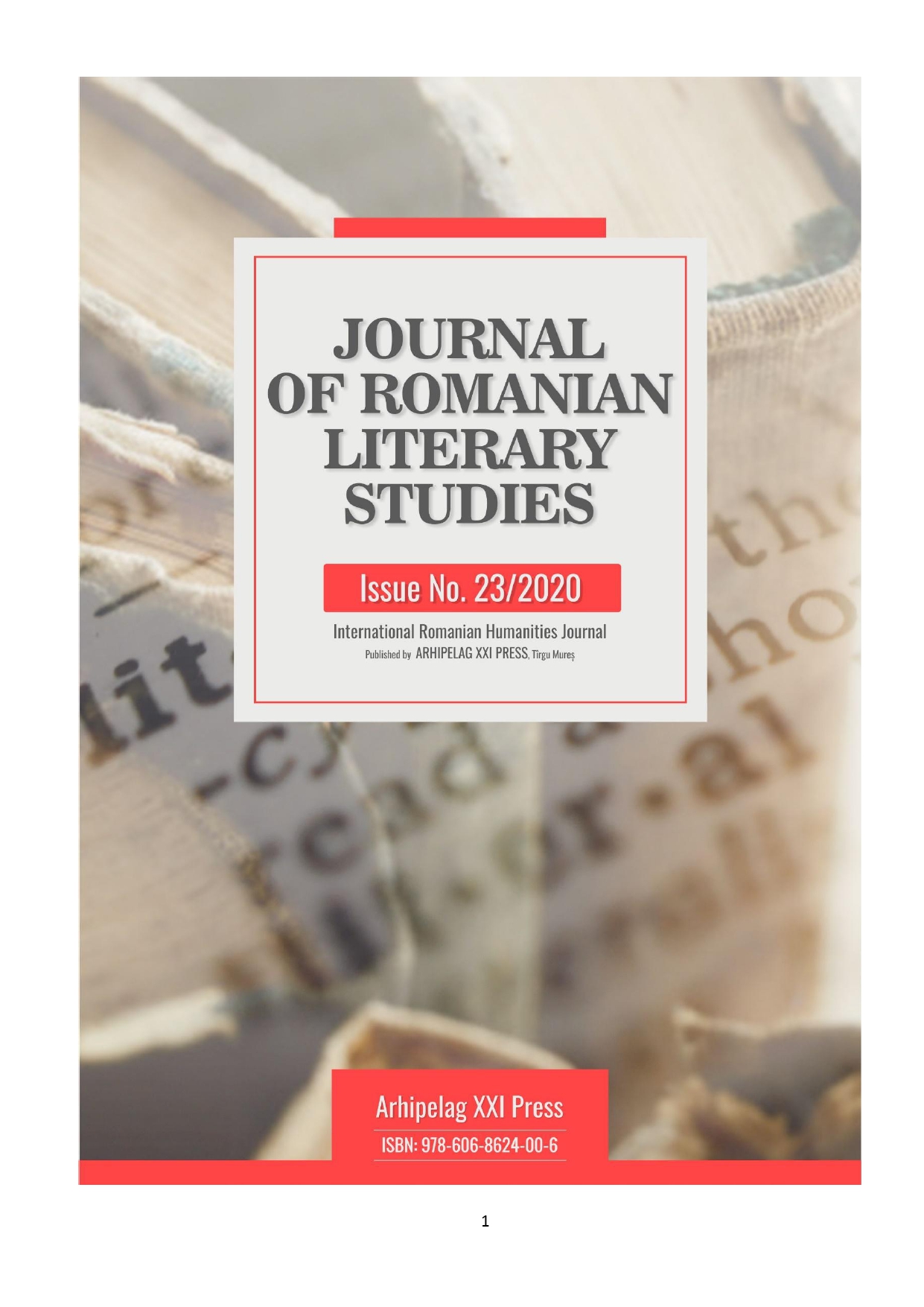
THE AESTHETICS OF THE MEDIEVISTIC NOVELIST: UMBERTO ECO
The evolution of the concept of the work of art from the opening to the production of signs is the fruit of the experience of the semiotician Umberto Eco, of the attempts of his critical analysis as a writer, of the achievements in the field of Novel. Umberto Eco's novels are an illustration of the semiotic theory, which happened to be contemporary with postmodernism, and do not represent its theorizing, but a key to achieving a maximum and varied audience, at a time when the Novel and the Author were predicted to die, in an age when the mechanism of the reception of mass culture, fiction and popular culture were not used for the survival of literature. The selection of Umberto Eco’s and his contemporary opinions aims to change the optics of the improvement of the work of art. Another psychology of reading is imposed by this new game, which has become the craft of creating a novelistic masterpiece.
More...
